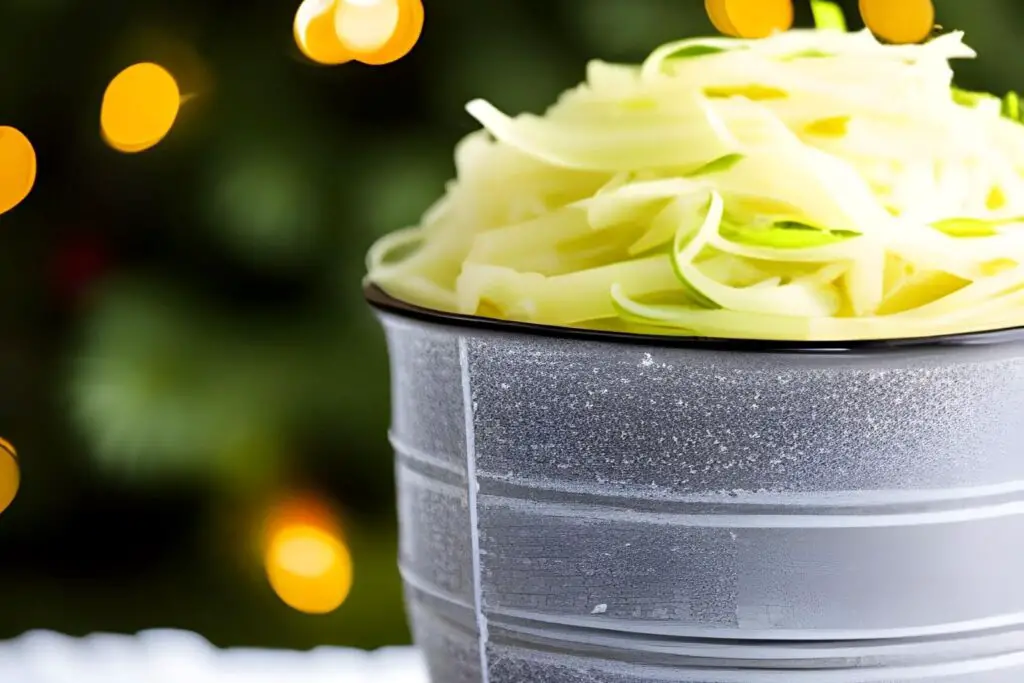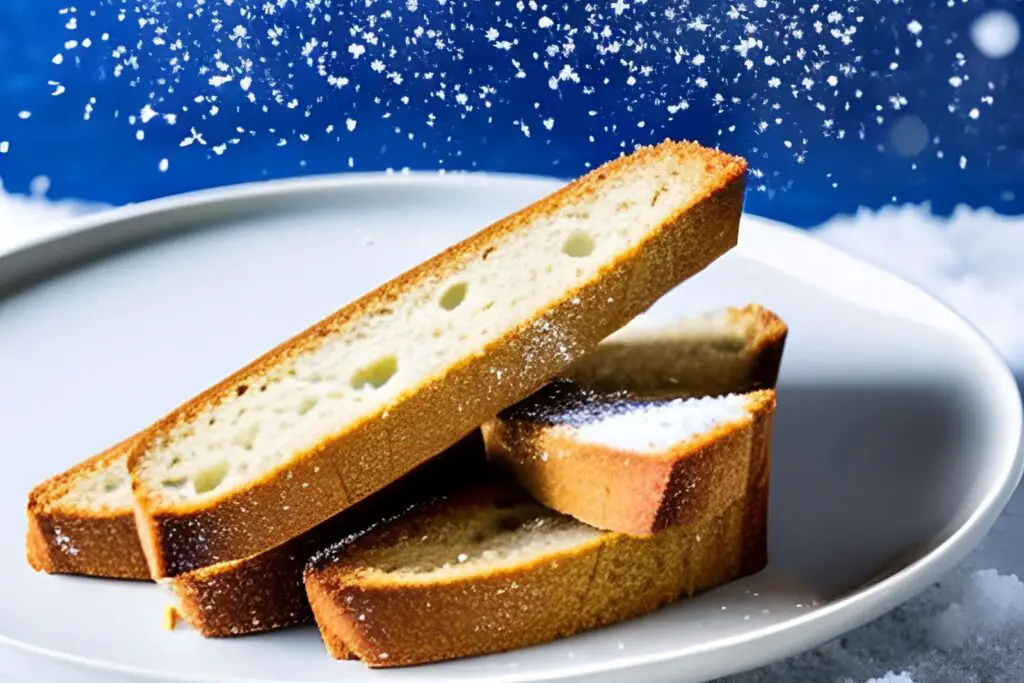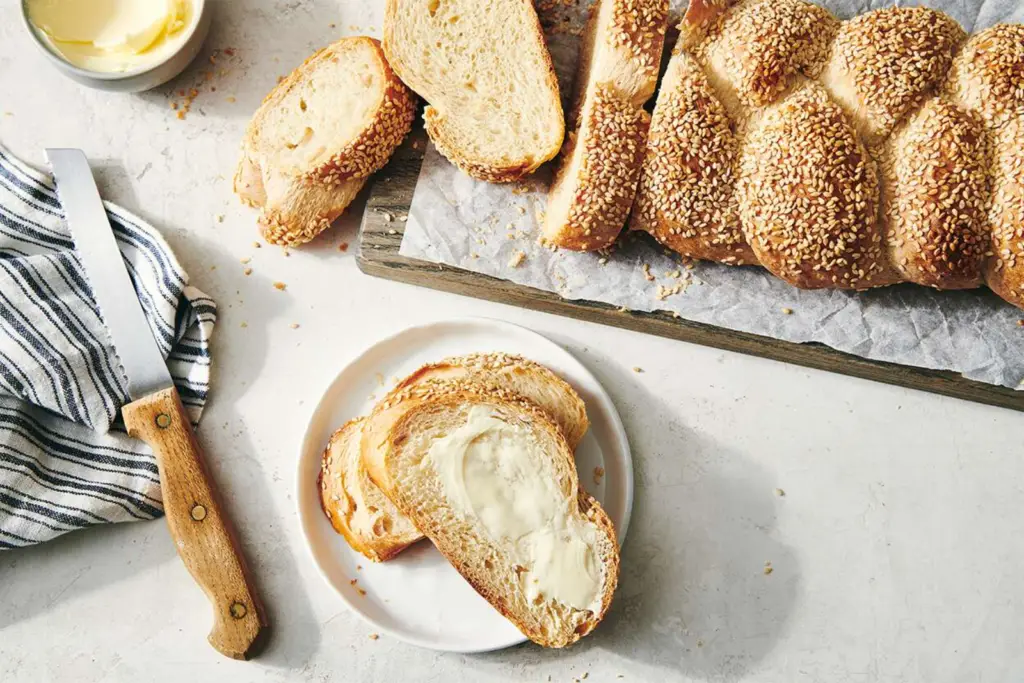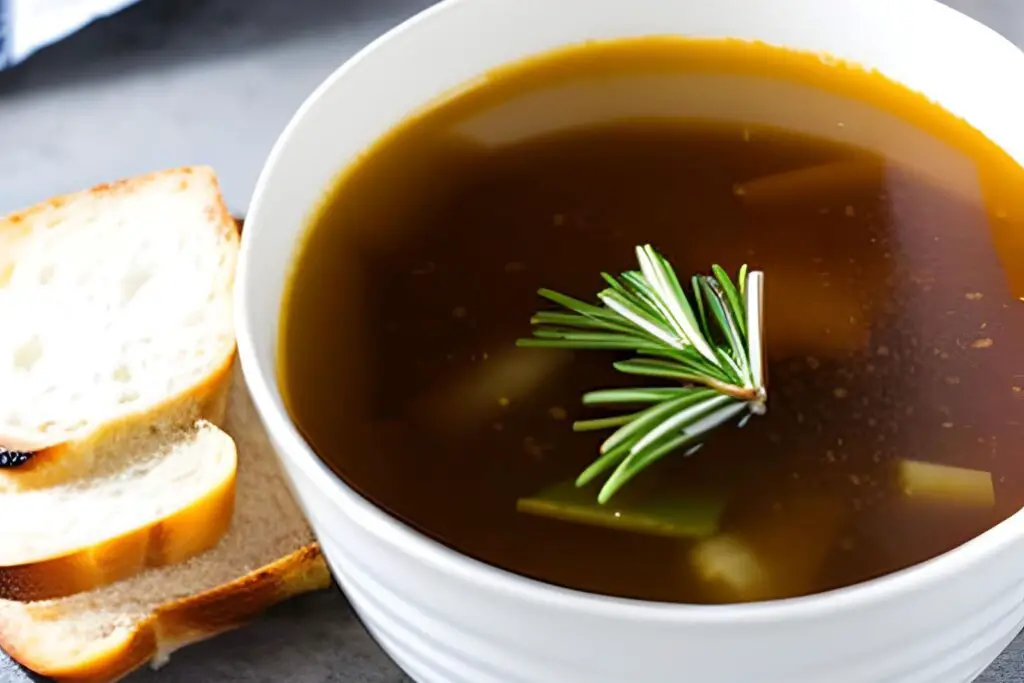
Flan is a classic dessert in many cultures, particularly in Spain and Latin America. It is a creamy custard dessert that is baked and chilled before serving. However, sometimes you may have leftover flan that you want to preserve for later. In such cases, freezing flan can be an excellent way to keep it fresh and extend its shelf life. Freezing flan requires some extra steps to ensure its texture and flavor are not compromised. In this article, we will discuss the proper steps to freeze flan, so you can enjoy it later without sacrificing its quality.
Here are the steps on how to freeze flan properly:
Step 1: Let it cool
Before freezing your flan, allow it to cool down completely. This is important because if the flan is still warm, it will create condensation in the container, which can ruin the texture of the flan.
Step 2: Choose the right container
Choose an airtight container that is freezer-safe. You can use a plastic container or a resealable freezer bag, but make sure it is designed for freezing. If you use a container that is not freezer-safe, it may crack or break when frozen.
Step 3: Cover it tightly
Make sure the container is sealed tightly to prevent air from entering, which can cause freezer burn or affect the taste of the flan. You can use plastic wrap or aluminum foil to cover the top of the flan before putting the lid on.
Step 4: Label and date
Write the date and type of flan on the container or bag so you can easily identify it later. This is particularly important if you have multiple containers in the freezer.
Step 5: Freeze it
Put the container in the freezer and freeze for up to two months. Do not freeze for more than two months as it may affect the texture and flavor of the flan.
Step 6: Thaw it
When you are ready to eat the frozen flan, take it out of the freezer and let it thaw in the fridge overnight. Do not thaw it at room temperature as it may cause the flan to spoil.
How to thaw flan properly?
Move it to the refrigerator:
The best way to thaw flan is to move it from the freezer to the refrigerator. Place the container of flan in the fridge and allow it to thaw slowly overnight. This will help to preserve the texture and taste of the flan.
Do not thaw at room temperature:
Avoid thawing flan at room temperature as it can spoil easily. Thawing at room temperature can cause bacteria to grow, which can be dangerous for your health.
Do not thaw in the microwave:
Do not use a microwave to thaw flan, as it can cause uneven heating and change the texture of the flan. Microwaving can also cause the flan to become rubbery or dry.
Step 7: Serve it
Once thawed, the flan should have the same texture and flavor as fresh flan. You can serve it chilled, as usual.
Tips in serving flan:
Remove it from the fridge:
Take the flan out of the fridge and let it sit at room temperature for 10-15 minutes before serving. This will help to soften the texture and make it easier to cut.
Cut it into slices:
Use a sharp knife to cut the flan into individual slices. You can make them as thick or thin as you like, but a typical serving size is about 1/2 to 3/4 inch thick.
Add toppings:
Flan can be served plain or with toppings such as whipped cream, fresh fruit, caramel sauce, or chocolate sauce. You can also sprinkle it with cinnamon or cocoa powder for added flavor.
Present it on a plate:
Carefully transfer the slices of flan onto individual plates, using a spatula if needed. You can also serve it in a shallow bowl or ramekin if you prefer.
Enjoy:
Flan can be enjoyed chilled or at room temperature. It is a rich and creamy dessert that is perfect for special occasions or anytime you want to indulge in a sweet treat.
Other related questions:
How long can flan last in the freezer?
Flan can be stored in the freezer for up to 2 months without significant loss of quality. Beyond that, the texture and flavor of the flan may be compromised. It’s best to consume the frozen flan within the recommended time frame to enjoy its optimal quality. It is also important to store flan in an airtight container in the freezer to prevent freezer burn or contamination from other freezer odors. Remember to label the container with the date of freezing to keep track of how long it has been stored.
Can you refreeze flan?
It is generally not recommended to refreeze flan once it has been thawed. When you freeze and then thaw flan, it causes changes in the texture and consistency of the dessert, and it can become grainy or watery. Refreezing flan after it has been thawed can also cause it to spoil faster and can affect its taste and texture. Therefore, it’s best to thaw only the amount of flan that you plan to consume and keep the rest frozen until you need it. If you have a large batch of flan that you want to store for later, it’s best to divide it into smaller portions and freeze each portion separately, so you can thaw only the amount you need each time. This will help to preserve the quality and texture of the flan and ensure that you can enjoy it at its best.
Can flan set in the freezer?
Yes, flan can be set in the freezer, but it will take much longer than setting it in the fridge. When flan is baked, it forms a gel-like structure that sets as it cools, and refrigeration helps to solidify and set it further. Freezing will further solidify and set the flan, but it can take several hours or even overnight for the flan to set completely. The texture of the flan may also change slightly after freezing, becoming slightly firmer and grainier in texture. If you plan to freeze your flan, it’s important to make sure that it’s completely cooled before freezing to prevent ice crystals from forming, which can damage the texture and flavor of the dessert.
Does flan firm up in the fridge?
Yes, flan will firm up in the fridge as it cools and sets. Flan is a custard dessert that is made with eggs, milk, sugar, and vanilla, which are cooked and then chilled in a mold. As it cools, the custard thickens and sets into a gel-like texture. This process takes a few hours, usually 2-3 hours in the fridge, but the longer it chills, the firmer it will become. Once the flan has firmed up in the fridge, it can be sliced and served, either on its own or with a topping such as caramel sauce, fresh fruit, or whipped cream. The texture of flan is delicate and creamy, so it’s important not to over-chill it or freeze it, as this can affect its texture and taste.
How long does it take for flan to harden?
The time it takes for flan to harden will depend on a few factors, including the recipe, the temperature of the ingredients, and the size and depth of the flan mold. In general, flan will begin to set and thicken within the first hour of being chilled in the refrigerator. It will continue to firm up as it chills, and it should be fully set after 2-3 hours. However, some recipes may take longer to set and may require 4-6 hours or even overnight in the refrigerator. It’s important to follow the recipe instructions carefully and allow enough time for the flan to set properly. Over-chilling or freezing the flan can cause it to become too hard or grainy in texture, so it’s important to monitor the flan and check its texture regularly as it chills.
What are the different ways to harden the flan?
Increase the amount of gelatin:
You can add more gelatin to the flan recipe to create a firmer texture. Gelatin is a setting agent that helps the custard mixture to set and harden. However, be careful not to add too much gelatin, as it can make the flan rubbery.
Chill the flan for a longer time:
Flan needs to be chilled for at least 2-3 hours to set properly. However, you can chill it for longer (up to 6 hours or overnight) to achieve a firmer texture.
Freeze the flan:
You can freeze flan to create a firmer, ice cream-like texture. Place the flan in a freezer-safe container or bag and freeze it for several hours until it’s completely frozen. To thaw, remove it from the freezer and let it sit at room temperature for 10-15 minutes before serving.
Use less liquid:
If you reduce the amount of liquid in the flan recipe (such as milk or cream), the custard mixture will be thicker and harder. However, this can also result in a less creamy and less flavorful flan.
It’s important to note that altering the recipe or chilling method may affect the flavor and texture of the flan. It’s best to experiment with small batches before making any major changes to the recipe.








